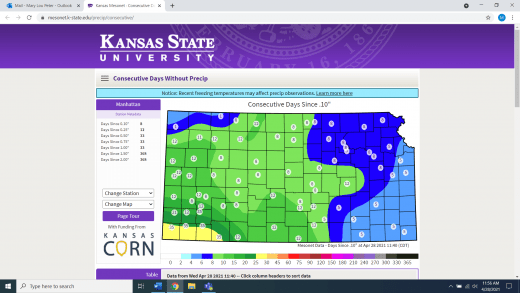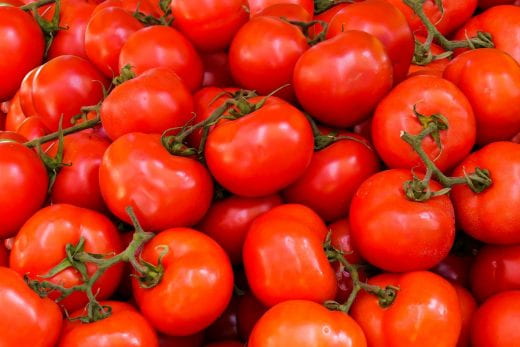To our readers: It’s with mixed feelings that I share that this is my last Better Kansas blog post. After 22 years (two years writing the blog), I’m retiring from Kansas State University. I’ve had wonderful experiences and met so many terrific people on this journey and for that, I’m forever grateful. It’s been a privilege and great fun to share with you some of the resources K-State Research and Extension offers. I’ll say it one more time, if you’re not familiar with your local extension office’s programs and services, check them out. I’m told that my KSU email will remain active, so I’d be honored to hear from you.
— Thank you all, Mary Lou Peter mlpeter@ksu.edu
This week in Better Kansas, we touch on communicating with children, including teenagers, using available technology to prepare for emergencies, butterfly gardens and other plant topics, generic drugs in livestock, and a full slate of wheat variety plot tours. This is just a small glimpse of what K-State Research and Extension has to offer. Check with your local office to find out what programs and services are available in your area.
Better Living, Better Communities
EVER NEED SUGGESTIONS ABOUT TALKING WITH TEENAGERS? OR REALLY, CHILDREN OF ANY AGE? Maybe it’s just me but parenting isn’t always sweetness and light. It’s downright difficult at times. K-State’s Wildcat Extension District has assembled wonderful resources to help parents at all stages. Some originated with specialists at other land grant universities, such as the University of Minnesota, Iowa State University and Purdue, but as mentioned before, that’s the beauty of the Cooperative Extension System – we all share! Take a look.
I’M PRETTY SURE IT WAS THE CALIFORNIA EARTHQUAKE my children and I experienced in 1989. Remember that? During the Bay Bridge World Series? Ever since, I’ve been interested in emergency preparedness education. And does life ever bring us our share of emergencies, from power outages to flooded basements to storms that affect whole communities. One of my colleagues recently shared tips that can help mitigate the difficulties after disasters. Take a look at Simple steps now can make recovering from emergencies easier to learn more. And check out the Prepare Kansas blog for even more information to help keep you and yours (plus your data) safe.
Better Farming, Ranching and Gardening
 EVERY YEAR I INTEND TO DO MORE TO SUPPORT BUTTERFLIES, those fragile gorgeous creatures that flit from one plant to another in my dab of a backyard. For simple suggestions to get started, watch the video on Butterfly Gardens, one of the many resources shared in the weekly Horticulture Newsletter. If you enjoy your garden and the creatures that come visit, consider subscribing. It’s free and full of great information shared by really smart people who study these topics for a living.
EVERY YEAR I INTEND TO DO MORE TO SUPPORT BUTTERFLIES, those fragile gorgeous creatures that flit from one plant to another in my dab of a backyard. For simple suggestions to get started, watch the video on Butterfly Gardens, one of the many resources shared in the weekly Horticulture Newsletter. If you enjoy your garden and the creatures that come visit, consider subscribing. It’s free and full of great information shared by really smart people who study these topics for a living.
AT ONE TIME OR ANOTHER, FOR US OR OUR ANIMALS, we’re faced with choosing between a brand name drug or a generic. Not a topic I see written about or discussed often, so I found this article about creating generic drugs for use in food animals interesting. It was produced as part of Cattle Chat, a weekly podcast and news article featuring veterinarians at K-State’s Beef Cattle Institute.
WHETHER A VETERAN WHEAT GROWER OR EARLY CAREER FARMER, you’ll no doubt find something to like (and maybe learn) at one of the many wheat variety plot tours planned in locations all over the state from now into June. And we’re more than a bit excited that we can see you in person! Don’t get me wrong, Zoom and other virtual ways to learn are terrific, but we’re happy to see you and converse in a safe way. Take a look at the schedule and don’t delay: They’ve already started.
Again, many thanks for sharing a few moments with me every week.
_
For more resources and activities, contact the K-State Research and Extension office in your area. Check out our other blogs and subscribe to our weekly emails here: https://www.ksre.k-state.edu/news/blogs/





















